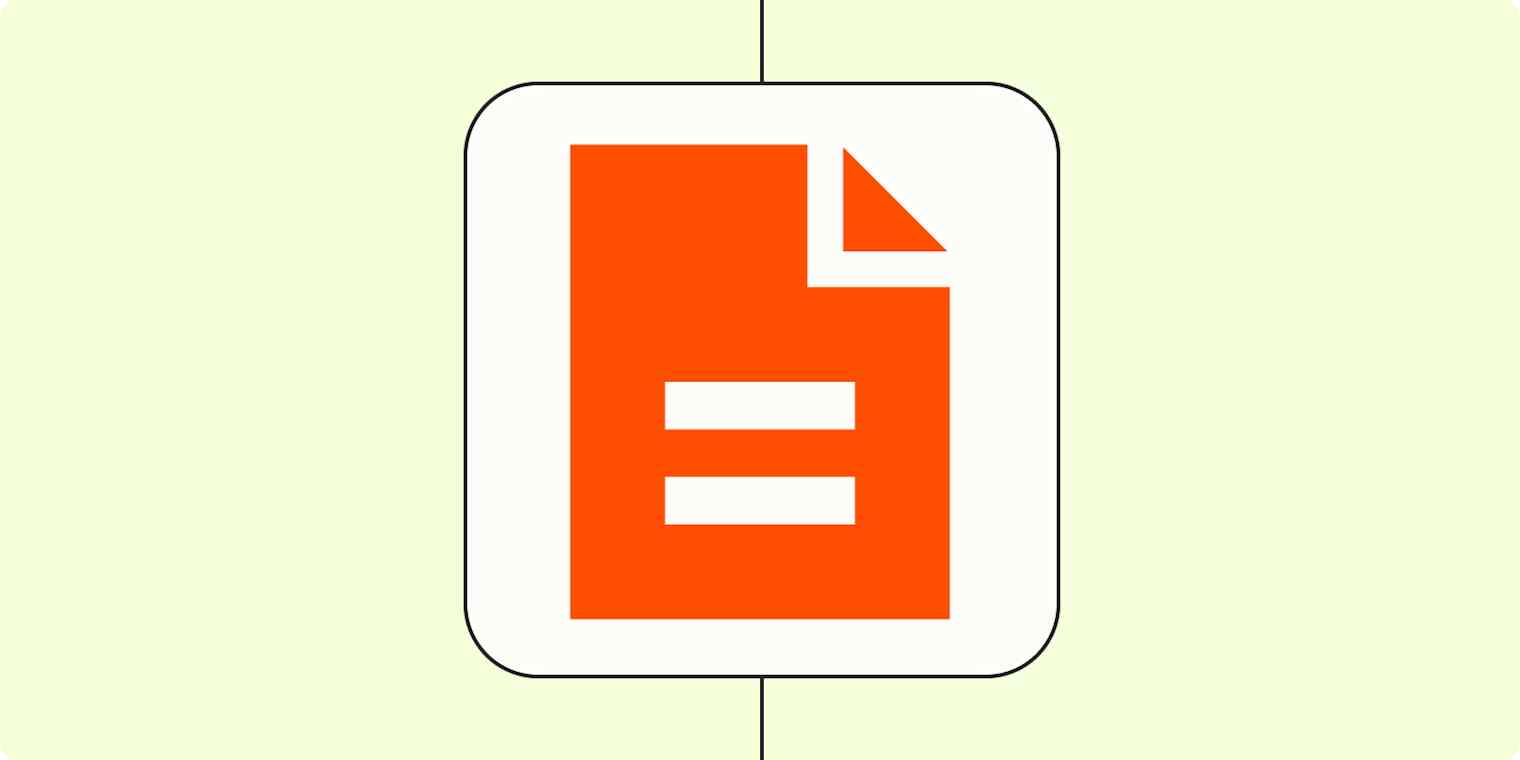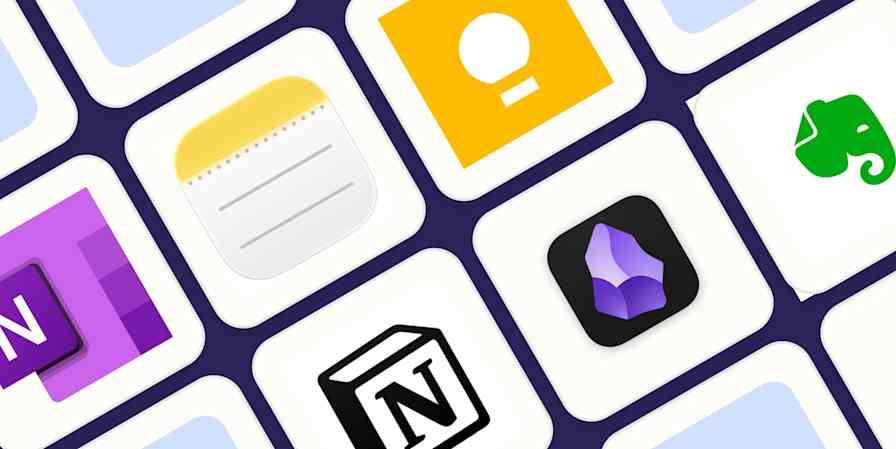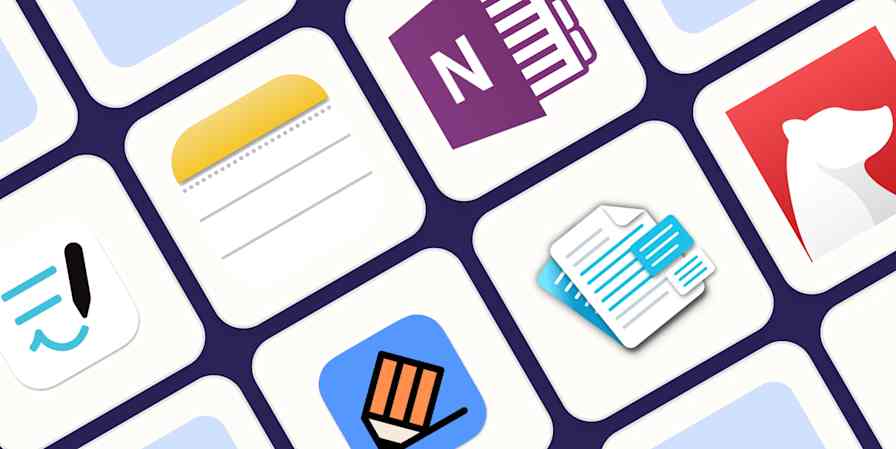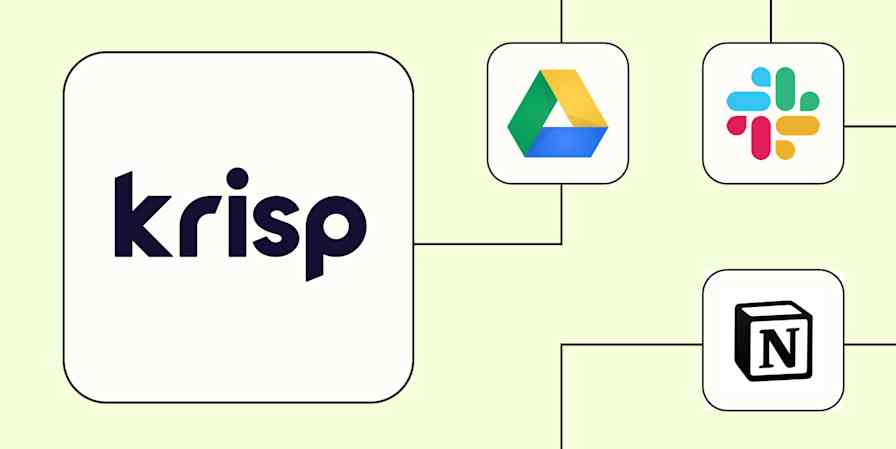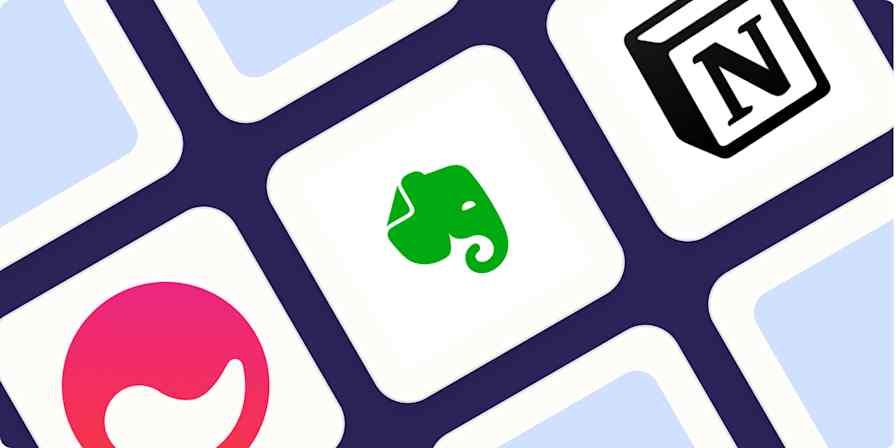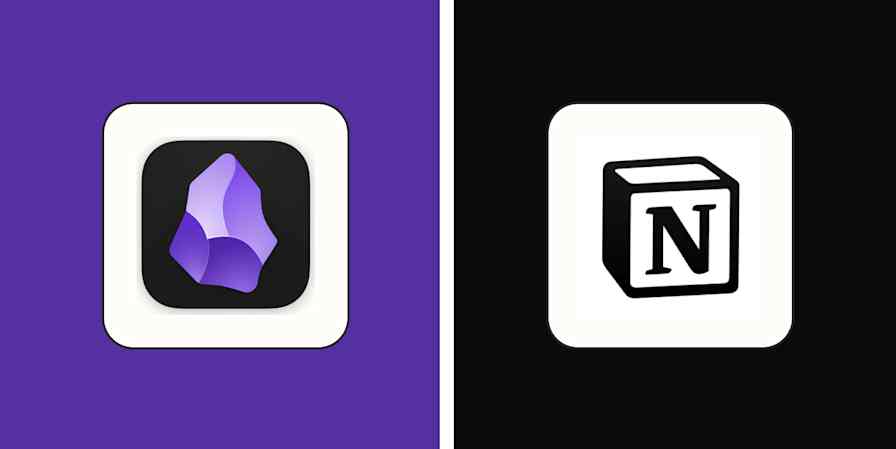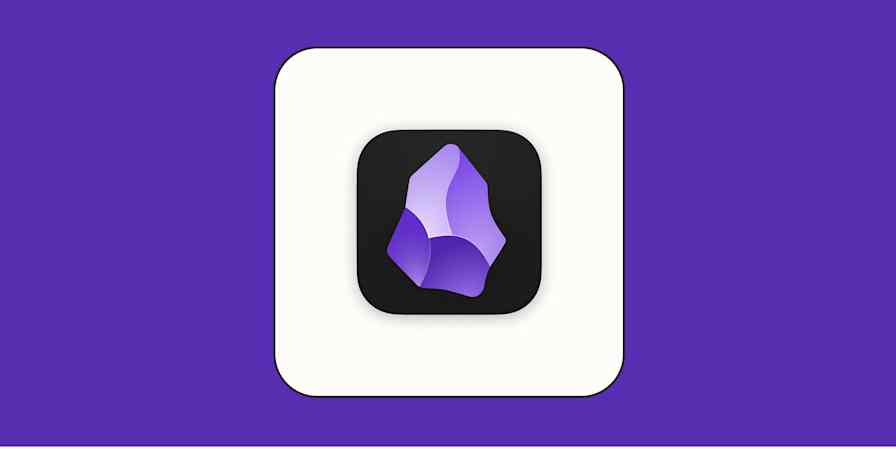Note-taking is frustrating. You listen to a long meeting or webinar, jot down critical information, and still find gaps or contradictions in the notes when revisiting them. But it doesn't have to be such a teeth-clenching experience—if you combine the right note-taking method with a system to retrieve your notes.
Based on my research and experience, here are the 5 best note-taking methods to help you take more effective notes.
Table of contents:
The 5 best note-taking methods
Let's be clear upfront: no one note-taking method is right for every person or in every scenario. Instead, try a few of the note-taking techniques listed below and choose the one that works best for you—or combine a few to create your own.
1. The outline method
The outline method is a structured way of taking notes.
Let's say your customer is sharing product feedback and has highlighted three primary areas of improvement. Using the outline method, you might set "Three primary areas of improvement" as a heading and each area of improvement as a subheading. Then you'd note facts about what the customer said for each of those areas in bullet points underneath.
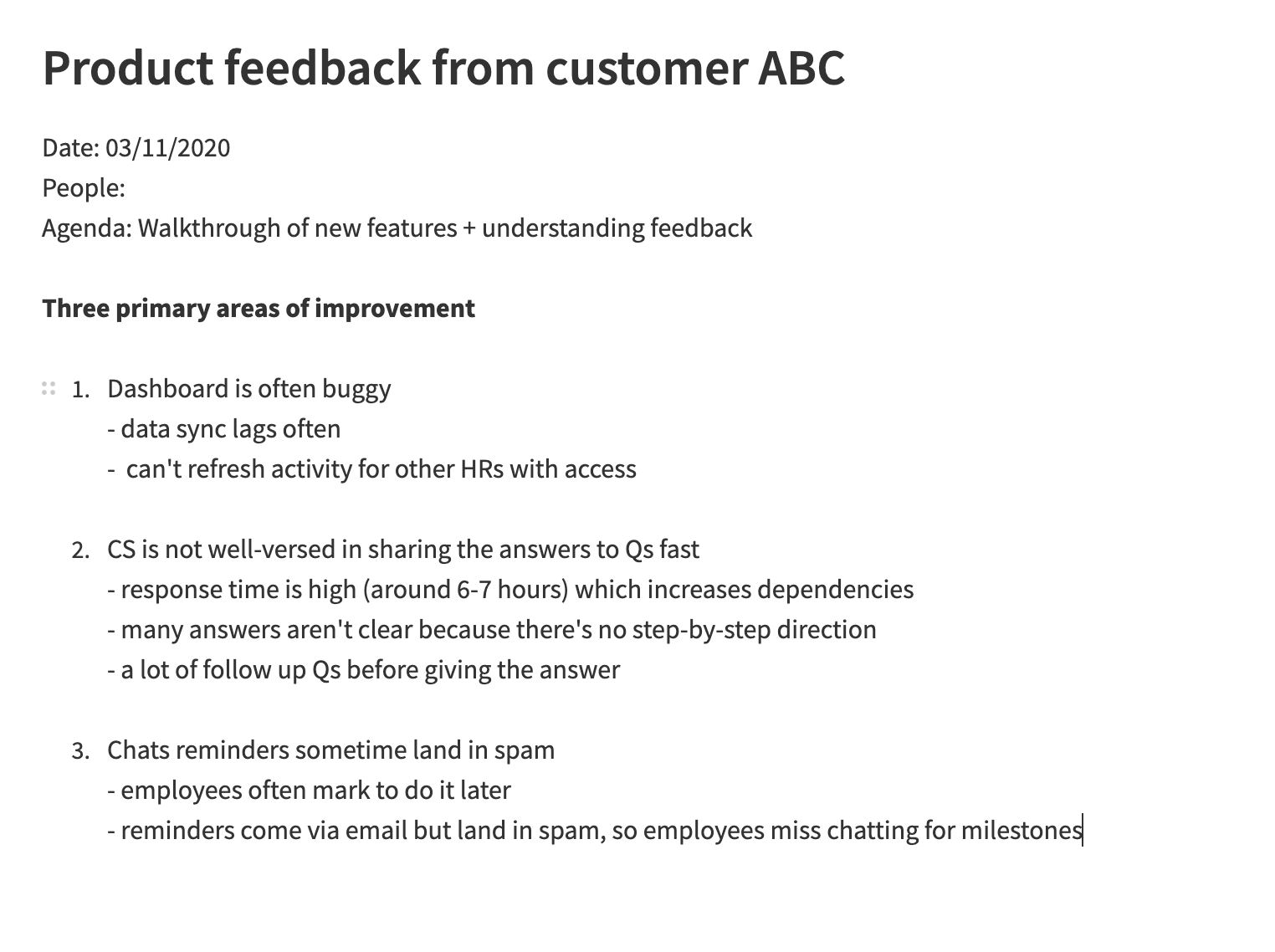
Outline method pros:
Suitable for straightforward or linear topics
Makes it easy to quickly identify key points when reviewing notes
Outline method cons:
Isn't the best for notes that require visuals or diagrams, or when you can't summarize each point neatly into a sentence
2. The Cornell method
The Cornell method is a note-taking technique that requires you to think about your notes while you write them—rather than jotting them down mindlessly.
Divide your page into two columns (make the right column wider than the left). The right column is for taking notes, while the left column is for jotting down key phrases associated with those notes. Then add a small section at the bottom of your page to write a summary of the main ideas.
Here's an example of what the Cornell method would look like in reality. Imagine you're having a meeting to decide whether or not you should hire another employee. You note down the crux of what everyone said in the right-hand column, attribute the opinions to people on the left (or add keywords to summarize them), and add the decision you reached in the summary.
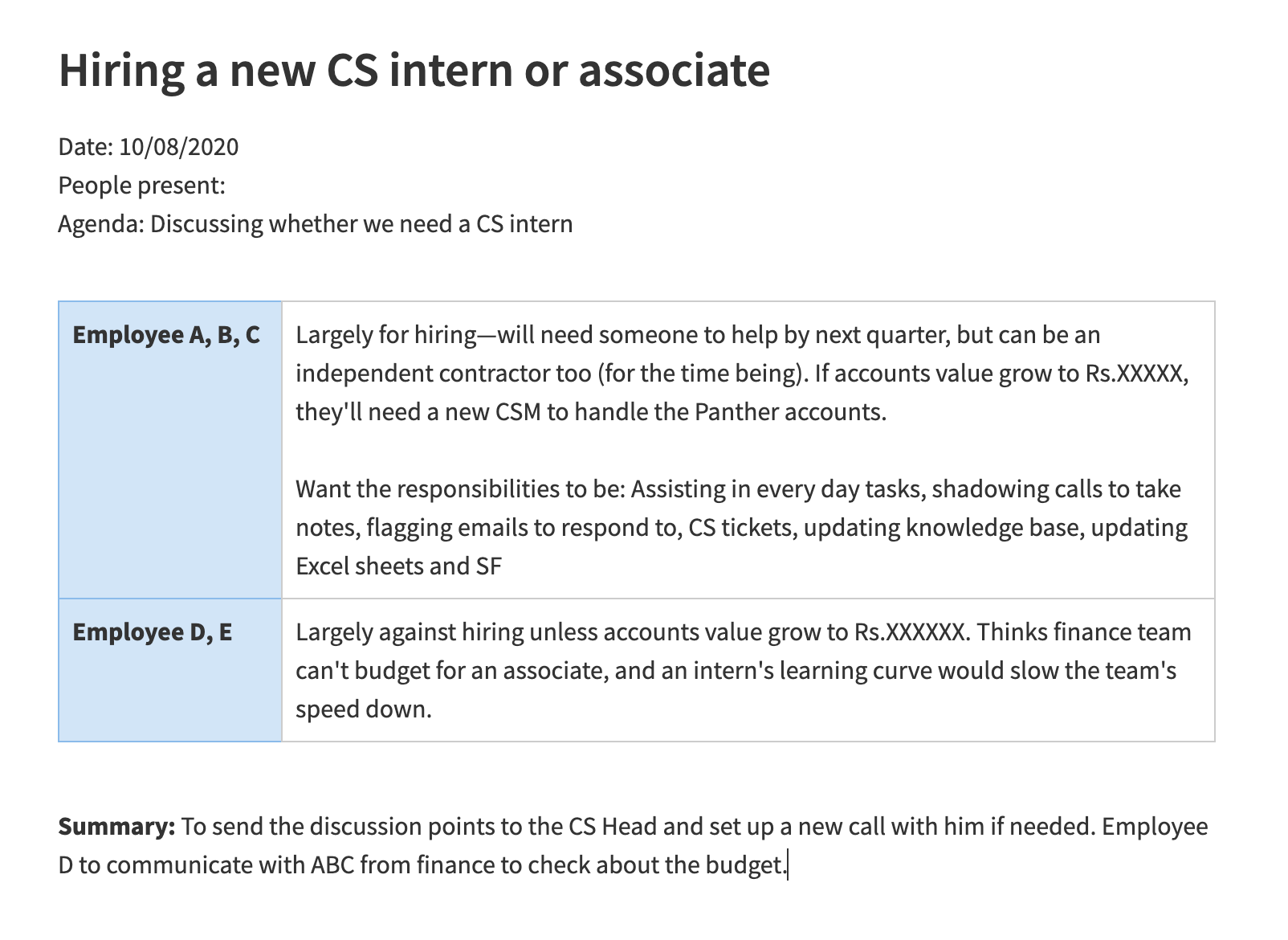
Cornell method pros:
Ideal for short meetings or webinars with a tight agenda and a clear conclusion
Empowers you to engage in active learning
Cornell method cons:
Summarizing the content and coming up with key phrases takes more effort
3. The charting method
The charting method is a note-taking method where you create charts or tables to compare several items in a category. The first column is where you'll list all your choices. And each column next to it is where you'll evaluate a specific property for each option.
For example, let's say you're considering purchasing transcription software. The first column will list all the tools you're evaluating. Then you'll add separate columns to evaluate each app based on specific parameters, such as price and accuracy.
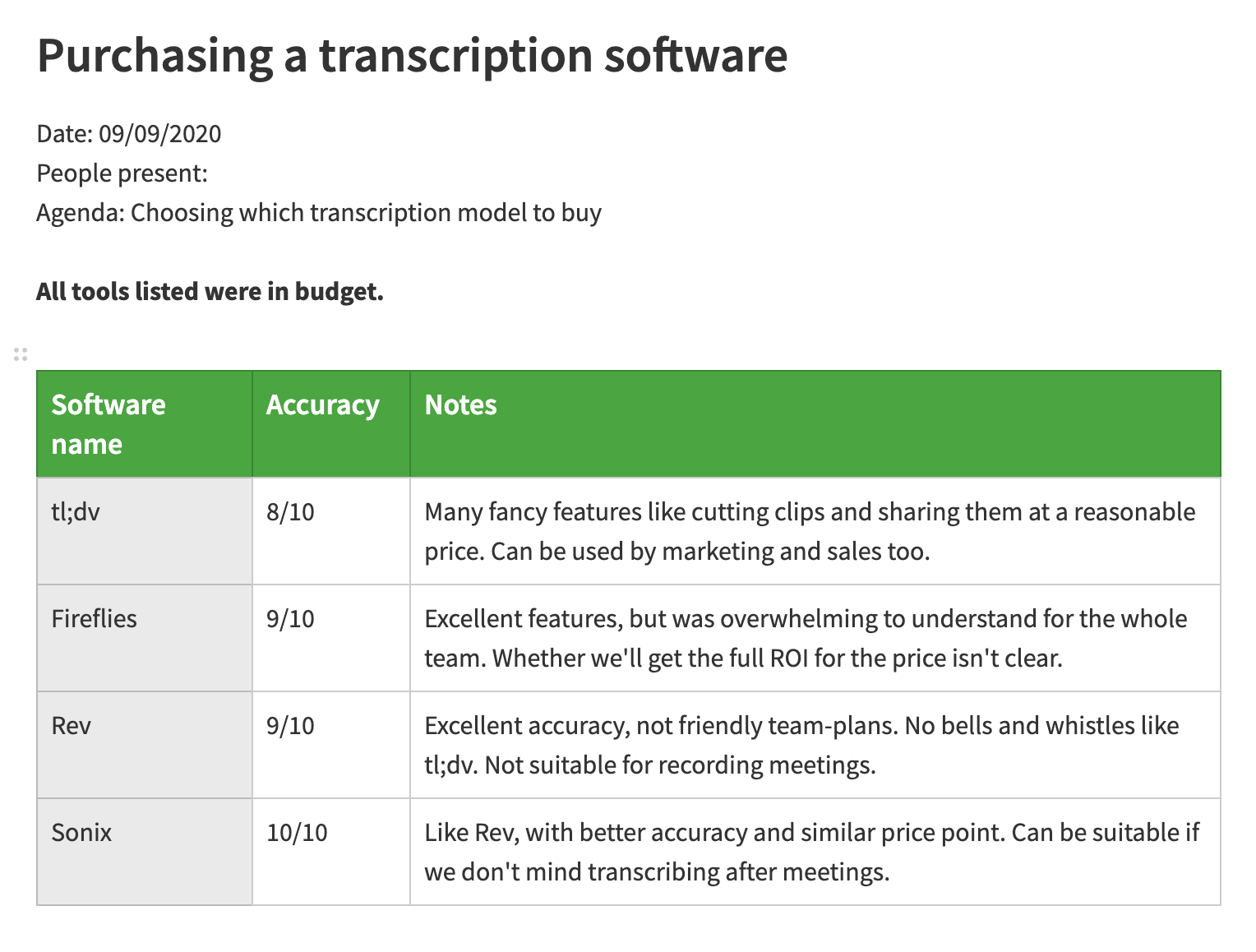
Charting method pros:
Ideal for comparisons
Charting method cons:
Not suitable for nuanced topics
4. The mind map method
Mind mapping is a process of creating a diagram and using branches to establish relationships between various sub-topics.
Let's say you're noodling with your team on what marketing channels your company should use. The mind map's center will be the core topic (marketing channels); from there, it'll branch out to various channels you're evaluating. You can keep it going by having sub-branches of pros and cons for each channel.
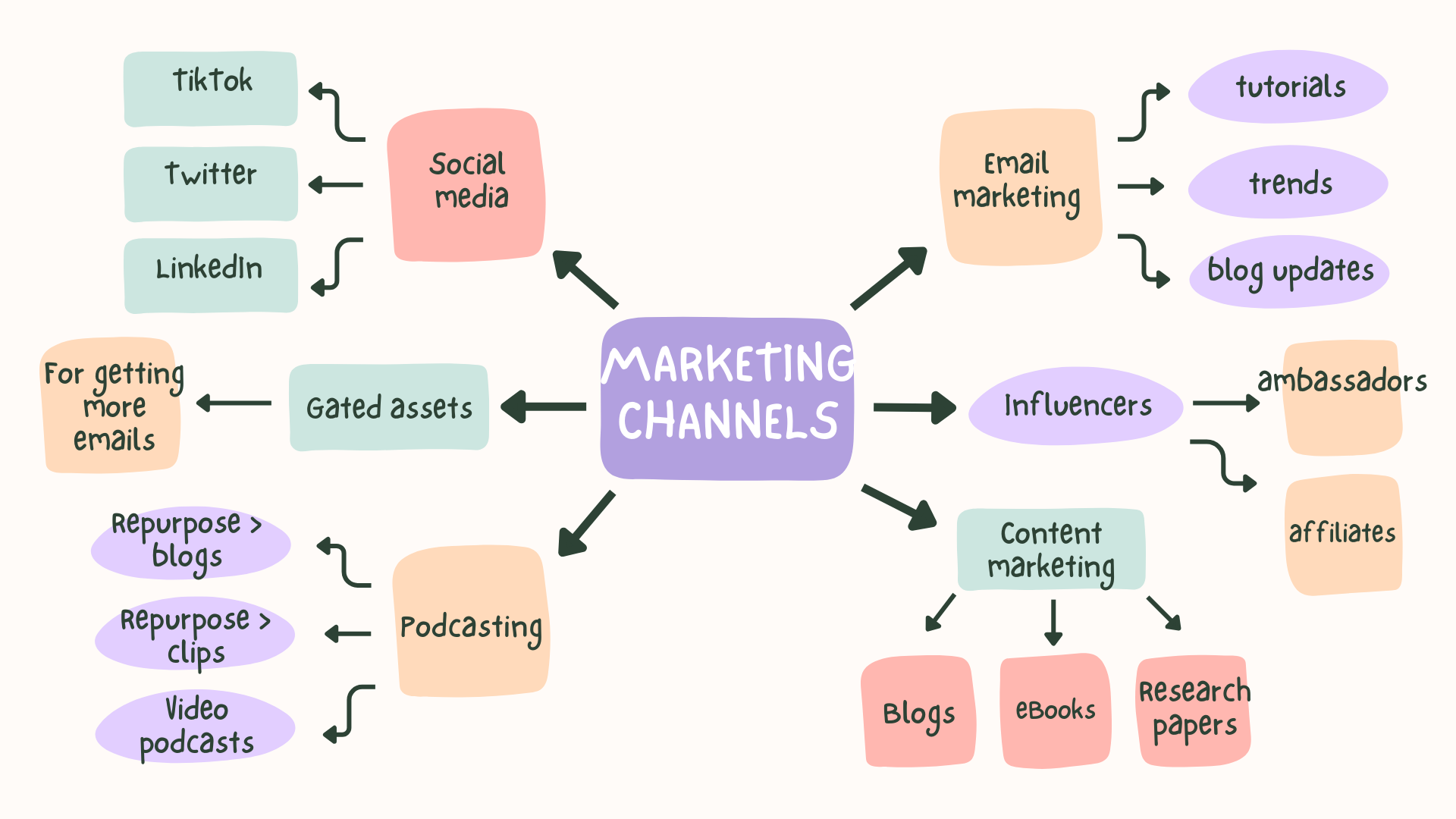
Mind mapping pros:
Ideal for brainstorming and visualizing workflows
Makes it easy to connect related information
Mind mapping cons:
Not suitable for meetings with lots of action items or topics with many subheadings
5. The quadrant method
The quadrant method has you divide your page into four equal parts:
The first quadrant is for general notes—for example, ideas that came up in the meeting or points that were discussed.
The second quadrant is for noting down action items for yourself.
The third quadrant is for writing action items for others in the meeting.
The fourth and last quadrant is for jotting down any questions you have toward the end of the meeting.
Let's say you're having a team meeting about setting your priorities for the quarter. The first quadrant can be several options you have for the upcoming year, the second can be discussion points about which option(s) you should prioritize and why, the third could contain the final priorities in a sequential order, and the last quadrant can include ownership of each priority to a teammate.
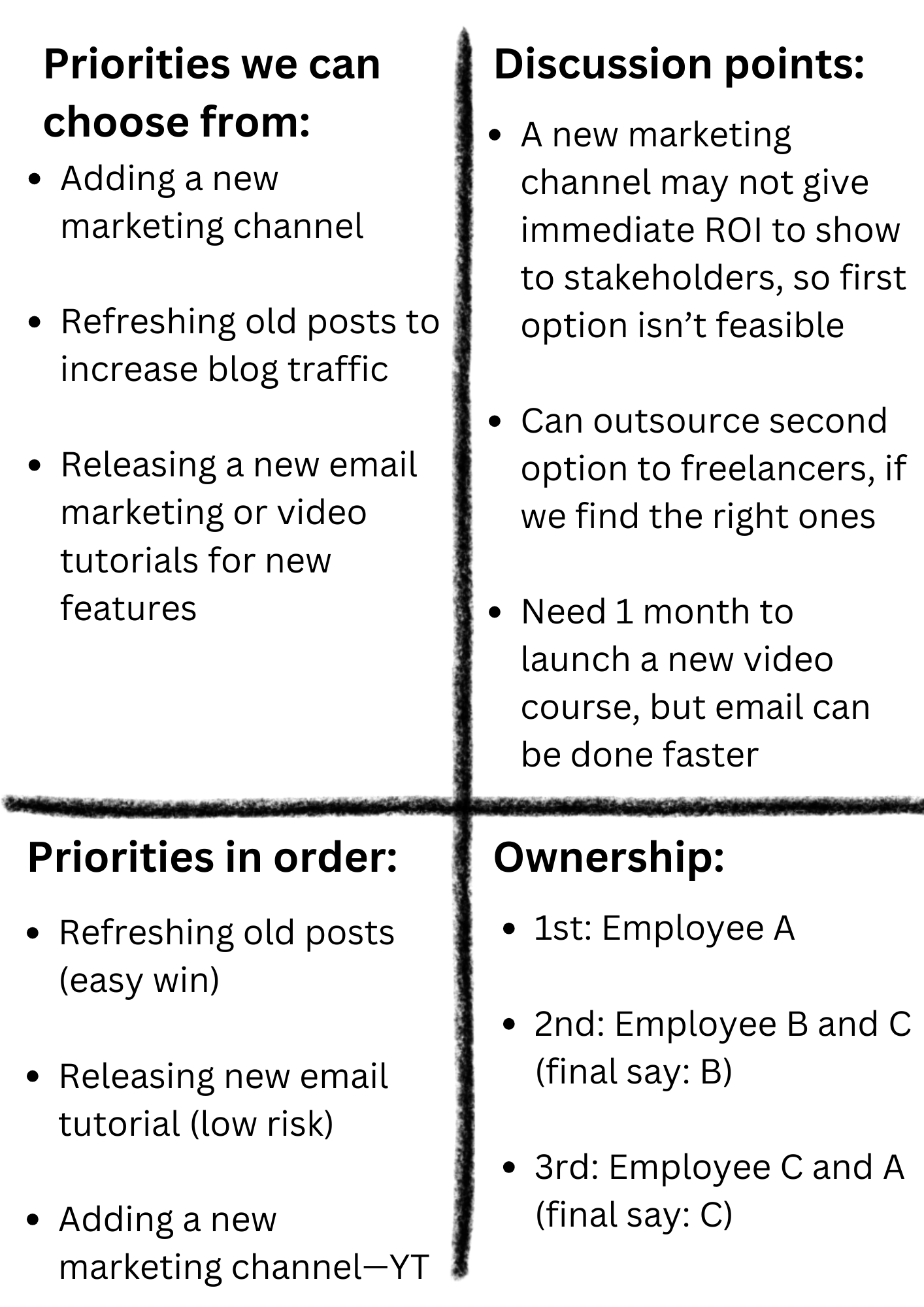
In the context of meetings in the workplace, the quadrant method is the best for taking notes for yourself. Since a whole column is dedicated to action items for yourself, it's likely not useful for collaborative purposes. That said, you can play with the rules and replace the contents of the four-quadrant formula to fit your needs.
Quadrant method pros:
Best for taking notes for yourself
Adaptable to various scenarios
Quadrant method cons:
Restrictive for brainstorming sessions or meetings about a single, complex topic
How to take flawless meeting notes
Here are the key elements that all excellent meeting or webinar notes have in common.
1. The basics: date, people present in the meeting, and agenda items
The basics are things you should have in your notes before the meeting even begins. Every meeting has an agenda or multiple agenda items. No matter which note-taking method you use, the agenda should be present at the top in a sentence or two. It'll keep you on track.
Similarly, you should include the names of people who are in the meeting, so it's clear who has context and who doesn't. Listing names also improves accountability and means you always know the right person to contact for any follow-up questions.
If it was a team meeting, you can add a list of all the people who weren't there, too, to serve as a reminder to proactively share meeting notes with people who couldn't join the meeting.

And, of course, including the date is helpful to have full context on timelines and reference future discussions easily.
2. Primary discussion points
A meeting note doesn't just include what needs to be done next without providing any context. Include the core discussion points of the meeting—and if possible and relevant, attribute them to the right person.
I personally combine the Cornell method and the outline method to jot down discussion points. The left section contains the speaker who discussed the point, and in the center, I write the discussion in bullet points using the outline method.
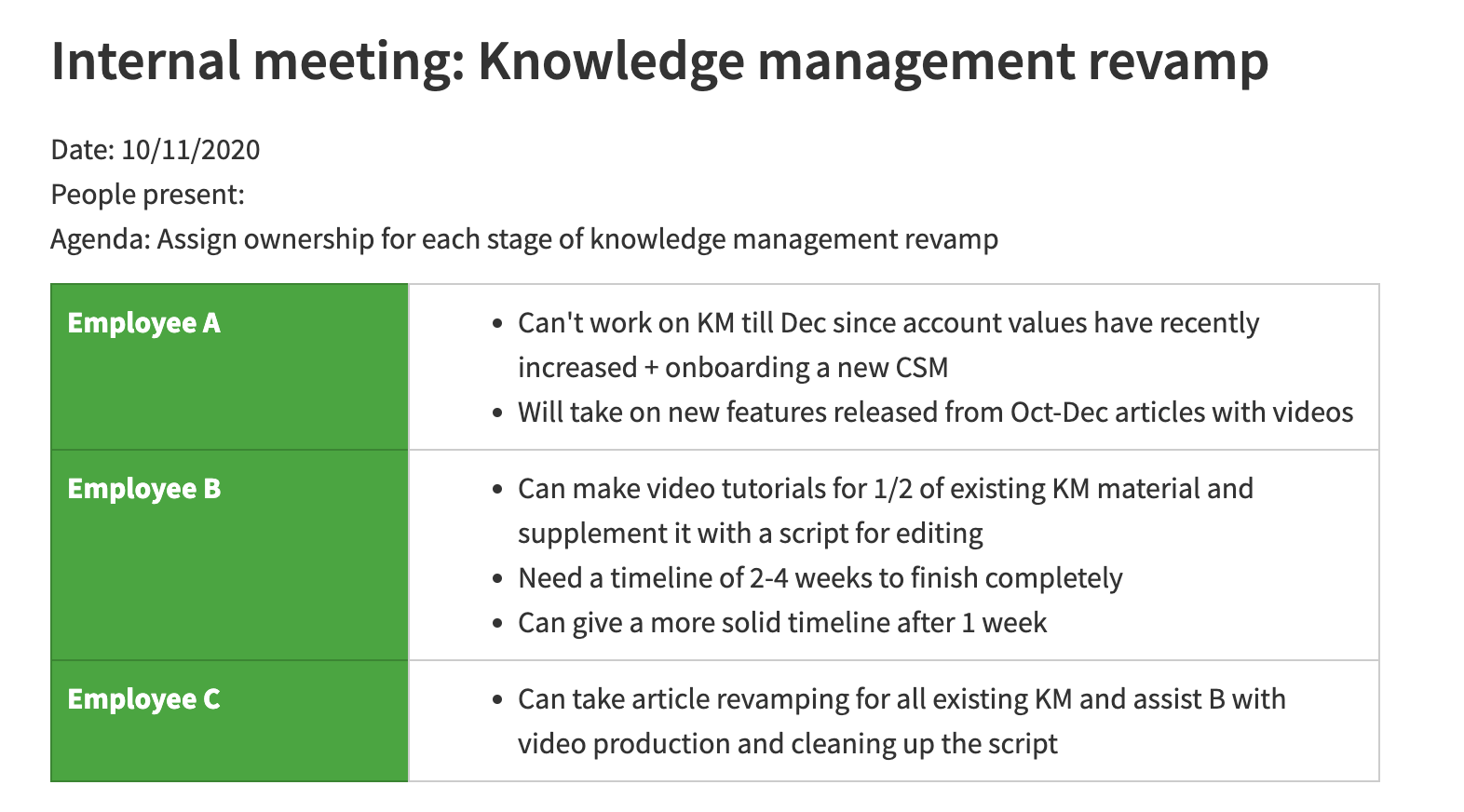
Remember to keep the discussion points short to make them useful and easy to reference. Don't write everything that was spoken verbatim—plenty of transcription tools can do that for you if you need it. The goal of discussion points is to quickly remember whatever was discussed and how the meeting arrived at a conclusion or solution to a problem.
A good rule: one bullet point should contain one sentence, and each sentence should have one idea.
3. Action items
Every meeting you conduct or join has a goal (or it should): to solve a problem, to arrive at a decision, or to discuss several options. Your action items, then, should reflect the conclusion of your meeting.
Depending on the meeting, you also might have questions. Let's say a customer asks a question, but you need to double-check with the product team before you give the answer. In this case, you also have questions to ask.
When I worked in customer success, I kept the action items simple. I divided the summary section into two: the left side was my action items and the right was the client's action items. I'd separate my action items with various symbols: an action item was a square, a question I needed to verify internally was a question mark, and a decision we'd reached in the meeting was a star.

You can steal the method above or keep things even simpler: anything circled is an action item for yourself and anything in a square is the other party's action item. If there are multiple people in the meeting, use the charting method to note down who's responsible for what. You can also add due dates in one column if you have many action items of varying timelines.
Read more: Automatically follow up on meetings and action items
4. Observations (if relevant)
Writing down observations isn't relevant for internal meetings, but it's helpful when speaking with customers or prospective buyers.
When I worked in customer success, I used the observations section to note down any non-verbal cues I was picking up from the client. Why was this essential? Meeting notes don't usually express the overall emotion of the discussion—something I couldn't overlook in my CS role.
Adding observations in my notes helped me remember if my customer was angry, frustrated, happy, neutral, or excited about the product—which enabled me to gauge their overall health. I also used this column to note down individual, personal details about my client—like "excited for their company meetup next month"—so I could reference this ("How was the meetup?") in our next conversation. I kept things simple and used the outline method to write my observations.
5. Details for the next meeting (if applicable)
If you're taking notes for a recurring meeting or if your discussion was incomplete, a "details for the next meeting section" is useful. You can use it to store next week's agenda or outstanding questions to be answered in the next meeting.
Noting down the topic or discussion points for the next meeting lightens the load on your future self and also ensures you don't forget anything important.
In my client meetings, I often use this section for any unanswered questions the customer or I have. Maybe we couldn't answer a topic because it required a separate meeting, internal input, or we just ran out of time. Writing details for the next meeting helps me remember everything without missing a beat.
Digital or paper: Which is the more effective note-taking method?
As with note-taking techniques, the answer to which notes to use—digital or paper—comes down to the kind of meeting you're having.
If it's an in-person interview with a potential hire, for example, having a laptop wall and typing away can seem distracting. In some stakeholder meetings, it can even be considered rude. Similarly, in 1:1 meetings or client calls—even if it's virtual—you don't want to hear the tippy-tappy typing of the keyboard. Handwritten is best in these scenarios.
If you're shadowing a call on mute for your manager, you can focus on taking notes digitally. You can also take notes digitally in internal meetings—everyone understands that what is discussed needs to be noted.
The good thing is you can adapt all the above note-taking techniques to a paper or a digital format. So choose any format suitable and pair it with the method of your choice.
If you're taking notes on paper, here are a few extra note-taking tips.
Add a page number to every page and index your pages to make your notes easy to find.
Create sections in your notebooks or use bookmarks to categorize your meeting notes. For example, section one is for client A, section two for client B, section three for internal meetings, and so on. Sections make it super easy to find the notes you're looking for at the right time.
Write shorthand. You can't write as fast as you type. To not miss anything while taking notes by hand, use acronyms and avoid writing complete sentences.
And if you're jotting notes down on paper, always transfer your notes to a digital format—you can do this immediately after the meeting or set up a calendar reminder to transfer all your notes for that week.
I love using Evernote's Skitch feature to write on Evernote directly by hand. It's also very easy to scan handwritten meeting notes—even the images are searchable. And with Zapier's Evernote integration, I can automatically do things like create tasks from my notes and vice versa. Learn more about how to automate Evernote, or get started with one of these premade templates.
Add notes to Evernote for new Google Calendar events
Zapier is the most connected AI orchestration platform—integrating with thousands of apps from partners like Google, Salesforce, and Microsoft. Use interfaces, data tables, and logic to build secure, automated, AI-powered systems for your business-critical workflows across your organization's technology stack. Learn more.
Not a fan of Evernote? Check out Zapier's roundup of the best note-taking apps for more options.
Can AI meeting assistants replace note-taking?
Short answer: no.
As much as I love AI meeting assistants that transcribe, summarize, and improve the accuracy of meeting notes, the AI tools alone won't do the trick. You need a human touch to transform your meeting notes into something actionable and useful.
My favorite AI meeting assistant tool is tl;dv. It's my buddy in every meeting and interview. I use it to create bite-sized clips I want to reference later. Knowing it's transcribing everything helps me focus on what the participants are saying without worrying about remembering or noting everything. But it's not enough to have impeccable meeting notes. It doesn't have full context like I do, nor can it format the text in a skimmable way. I've tried many AI meeting assistants, and none produce a call summary like a human can.
What's more: in the workplace, meeting notes aren't just for you. They need to be shared with your colleagues and clients. AI doesn't produce polished enough notes to be sent to important stakeholders.
So yes, AI meeting assistants are useful to enhance your meeting notes and write them faster. But they aren't standalone replacements for human note-takers. Not yet, anyway.
Which note-taking technique is right for you?
There are so many types of meetings—customer calls, 1:1 calls with your manager, collaborative calls of multiple teams, all hands, quick huddles, the list goes on—which means that no note-taking method is a one-size-fits-all for every scenario.
If you're in learning mode in a webinar or a sales call, the Cornell method or the outline method might be the best. The charting method comes out on top when making decisions. And mind maps are absolutely the best for visually representing information or brainstorming sessions.
Of course, there will be meetings where none of the above methods alone is enough. For instance, you might need to add a chart to your outline to make your notes easier to understand. Or you may come up with your own template to make note-taking easier.
The short of it: figuring out the right note-taking method for various scenarios is about trial and error. But there are certain commonalities that every A+ meeting note shares.
Related reading:
This article was originally published in September 2023. The most recent update, with contributions from Jessica Lau, was in June 2024.
